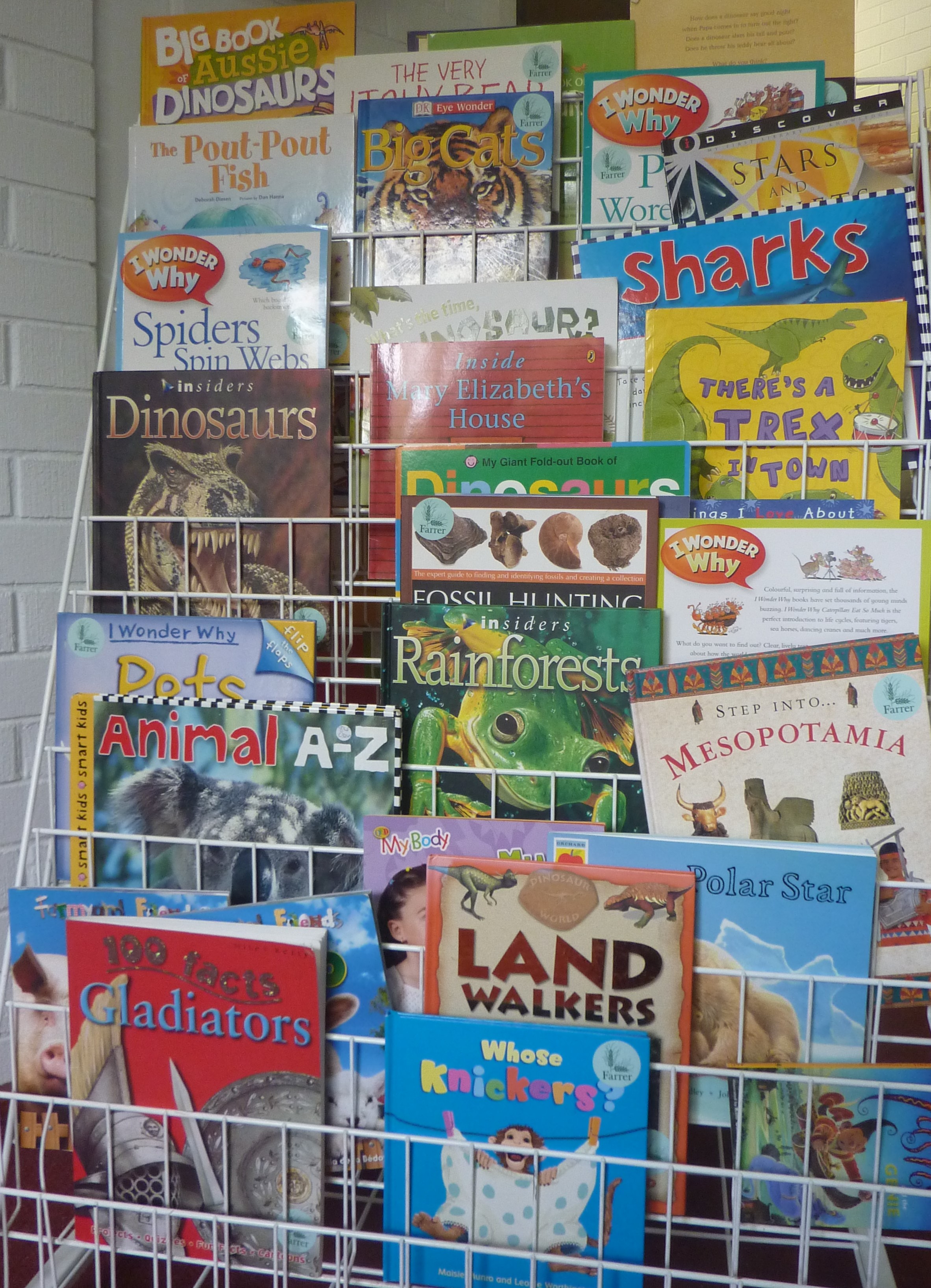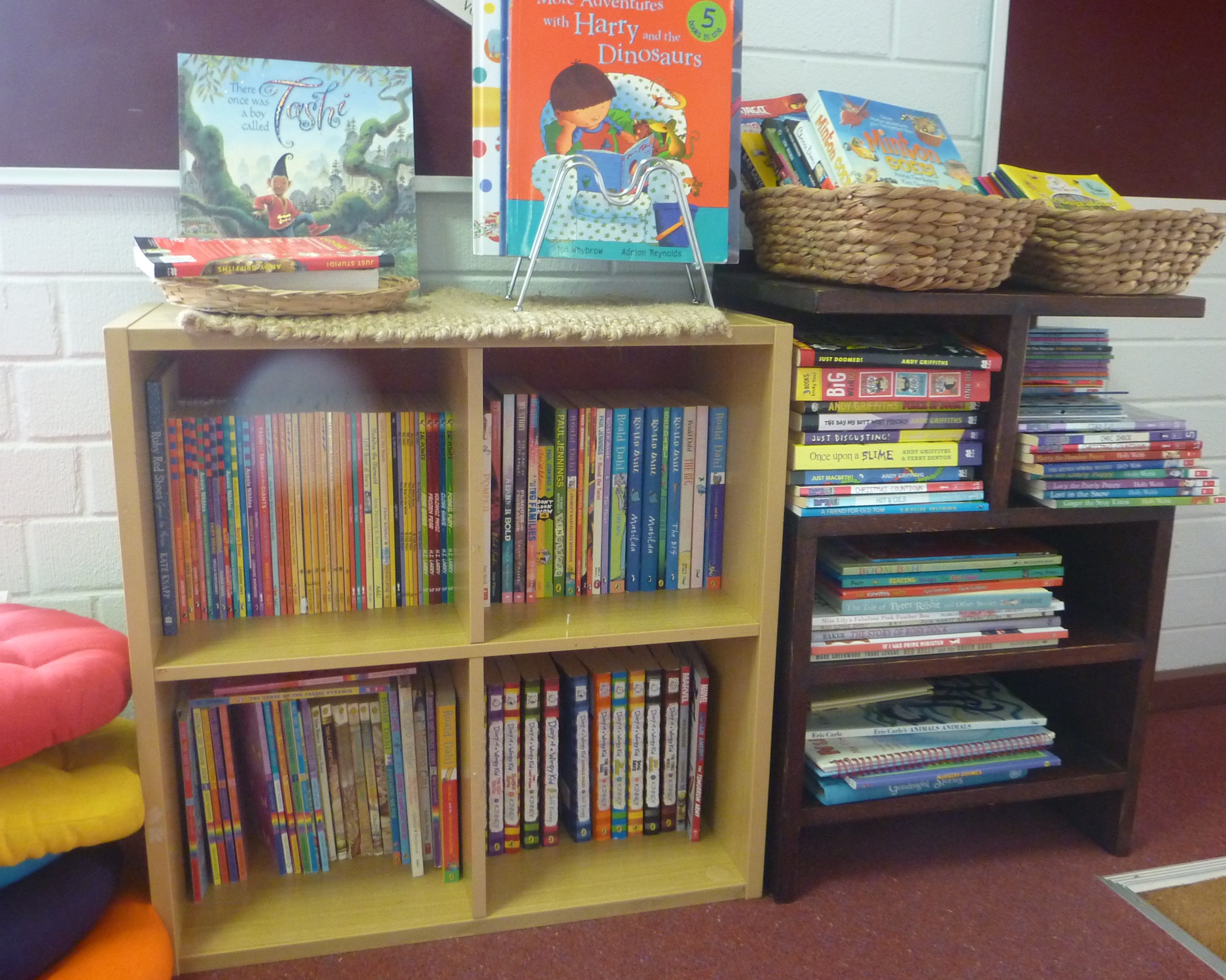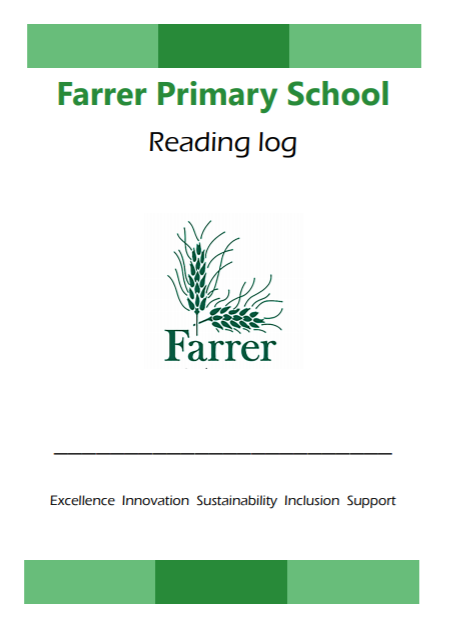The Australian Curriculum: English aims to ensure that students:
- learn to listen to, read, view, speak, write, create and reflect on increasingly complex and sophisticated spoken, written and multimodal texts across a growing range of contexts with accuracy, fluency and purpose
- appreciate, enjoy and use the English language in all its variations and develop a sense of its richness and power to evoke feelings, convey information, form ideas, facilitate interaction with others, entertain, persuade and argue
- understand how Standard Australian English works in its spoken and written forms and in combination with non-linguistic forms of communication to create meaning
- develop interest and skills in inquiring into the aesthetic aspects of texts, and develop an informed appreciation of literature.
Teachers use the Gradual Release of Responsibility Model for teaching and learning in English. The Gradual Release of Responsibility Model utilises explicit instruction in two of the phases of the instructional framework, Focused Instruction and Guided Instruction. As the teacher purposefully moves from assuming sole responsibility for performing a task to the students doing so, students become competent independent learners (Fisher and Frey, 2014). Through systematic and considered planning, teachers can determine the level of responsibility required for each task, and the order in which the model is used.
Writing Goals
Each student has a personalised writing goal to support them in knowing what is next in their learning. Teachers review goals with students on a regular basis.
Writing inquiry
In 2021 Farrer Primary School is taking part in a Writing Inquiry in partnership with Christine Topfer and instructional mentors from the Education Support Office. This inquiry will involve teacher participation in professional learning and action research linked to writing instruction. This work complements the work undertaken by teachers in the 10 essential practices for literacy instruction with a particular focus on practice 6 research-informed writing instruction.
The 10 essential instructional practices for literacy are:
Essential Practice 1 Deliberate efforts to foster motivation and engagement within and across lessons
Essential Practice 2 Read-alouds of age appropriate books and other materials, print or digital
Essential Practice 3 Flexible groups targeted to student need in specific aspects of literacy development
Essential Practice 4 Activities that build phonological awareness
Essential Practice 5 Explicit instruction in letter-sound relationships (phonics)
Essential Practice 6 Research-informed writing instruction
Essential Practice 7 Intentional and ambitious efforts to build vocabulary and content knowledge
Essential Practice 8 Abundant reading material and reading opportunities in the classroom
Essential Practice 9 Ongoing observation and assessment of children’s language and literacy development that informs their education
Essential Practice 10 Collaboration with families in promoting literacy
Home Reading
We encourage students to read each day at home. Students in K-2 have access to a range of books from the literacy collection to take home. They have a reading log to monitor reading and celebrate their reading achievements. Students in 3-6 have access to the library collection for borrowing and reading at home.
References:
Fisher, D. and Frey, N. (2014). Better Learning Through Structured Teaching: A Framework for the Gradual
10 Essential Literacy Practices https://literacyessentials.org/
Release of Responsibility, 2nd Edition. Association for Supervision and Curriculum Development. First Chapter retrieved from http://www.ascd.org/publications/books/113006/chapters/Learning,-or-Not-Learning,-in-School.aspx



